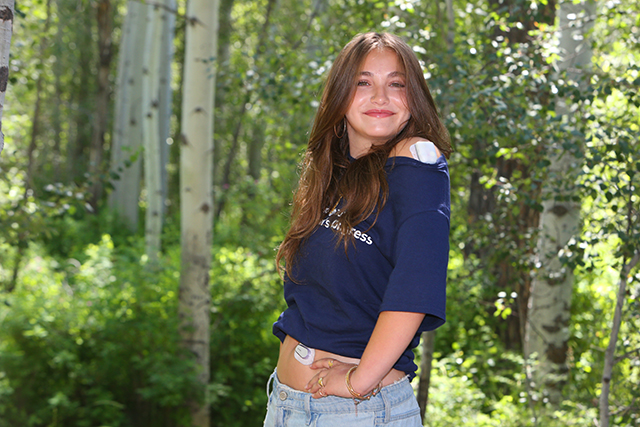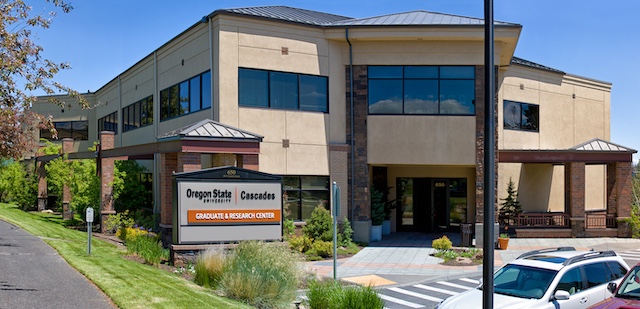Amy Samuels, animal behavior expert
Published 4:00 am Thursday, January 1, 2009
Those fortunate enough to watch dolphins or baboons with Amy Samuels usually had a revelation as they listened to her discuss what she was seeing. In that moment, her companions suddenly viewed the animals through her eyes.
“It was amazing to watch what she was observing in the wild and with animals in captivity,” said Peter Tyack, a senior scientist at Woods Hole Oceanographic Institution in Massachusetts. “As you stood next to her, she often would describe something that you would then see in a whole new light after she explained it.”
Trending
Traveling the world to research animal behavior, she hop-scotched continents, and the breadth of her experience made her observations all the more incisive. Samuels, whose findings opened windows into the world of dolphin behavior, died at home Dec. 9 of cancer. She was 57.
“Amy had a very strong sense of her own personal interests and beliefs, and was terrific at acting on those,” Tyack said. “She was also an amazing observer of animal behavior, whether they were in captivity or in the wild, and she seemed to be able to get underneath the surface of what you saw and understand why an animal was behaving in a certain way.”
Great expectations
Amy Ruth Samuels was the second of four children born to Peggy and Harold Samuels, historians who collected Western American art.
Friends and family could not have predicted when she graduated from Locust Valley High School on Long Island that she was bound for California, Africa and Australia, but they soon found that simply tagging along was challenging. “I never could keep up with her; I don’t know anybody who could,” said her younger sister, Joan. “She left people in the dust.”
If anything, Samuels pushed herself harder than she ever pushed others. After high school, she attended Antioch College in Ohio, and then decided she wanted to study dolphins with a scientist in Southern California.
Trending
“He gets a phone call from her and says, ‘We don’t have any money for you, but if you want to come out, we can put you to work,’” said Richard Connor, a friend of Samuels who is a professor of biology at the University of Massachusetts at Dartmouth. “So she hitchhikes across the country and shows up barefoot and in a granny dress. He said she told him the last meal she had was pork and beans that was heated on the manifold of a motorcycle that was her last ride.”
A career is born
That encounter launched Samuels’ career in conservation biology. She traveled to Hawaii to work with a marine biologist, then got a job working with scientists who conducted groundbreaking research in sign language with chimpanzees.
She received a bachelor’s degree in biological anthropology from the University of California, Davis, in 1979 and graduated three years later with a master’s in biological ecology. She received a doctorate in biological oceanography from Woods Hole Oceanographic Institution in 1996.
Samuels spent several years in Africa, engaged in research on baboon behavior, and later was a behavioral biologist at the Brookfield Zoo in Brookfield, Ill. In recent years, she was a visiting investigator at Woods Hole, though she still traveled extensively, observing dolphins in Key West, Fla., and the Monkey Mia Research Foundation in Australia. “She was obviously incredibly adventurous,” Connor said.
Part of her research focused on the effects of tourism on bottlenose dolphins, and how nearby boats can affect their behavior. “I think, increasingly, she was involved in the environmental aspects of what she was doing,” said her older brother, Peter.
By observing dolphins in captivity and the wild, she saw things that escaped others’ attention. “Others had noticed the fights among animals and the dominance in their actions, but hadn’t noticed the more subtle way they reconciled afterward,” Tyack said.
Her range of experience, having observed primates and marine animals, no doubt helped her see behavior with fresh eyes, Tyack said. “And once she made this kind of finding, she was very good at developing a systematic way of making observations to test this kind of idea.”








